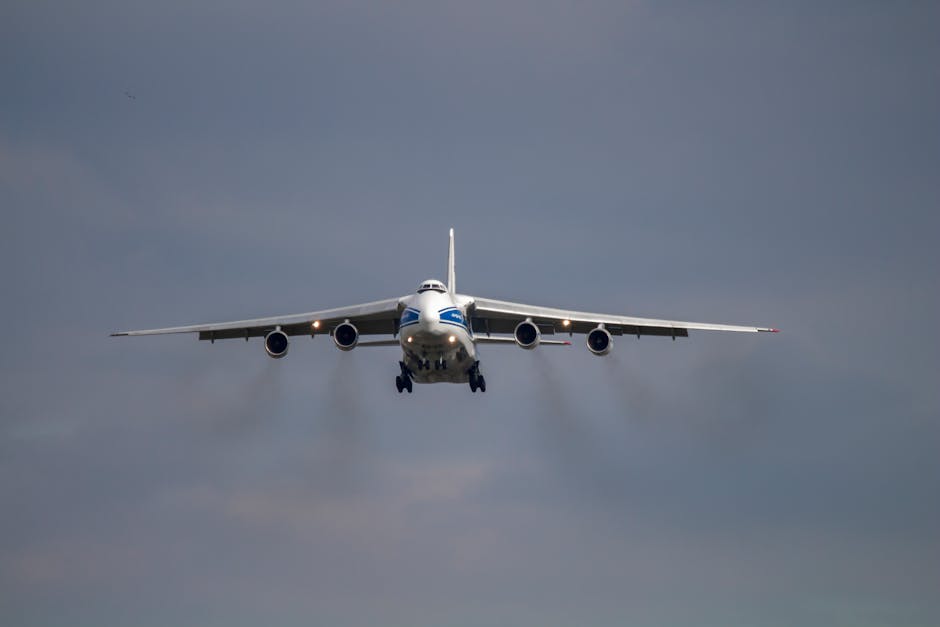-
Table of Contents
Kiwi, also known as the Chinese gooseberry, originates from the mountainous regions of China. It was first cultivated in the early 20th century and later gained popularity in New Zealand, where it was renamed “kiwi” after the flightless bird native to the country. Today, kiwi is grown in various temperate regions around the world, including Italy, Greece, and the United States, but its roots trace back to China, where it has been enjoyed for centuries.
Kiwi Origin: A Journey to New Zealand

The kiwi, a small, brown, fuzzy fruit with vibrant green flesh and tiny black seeds, has become a beloved staple in fruit bowls around the world. However, its journey to global popularity begins in a rather unexpected place: New Zealand. This delightful fruit, often associated with the Land of the Long White Cloud, has a rich history that intertwines with the culture and identity of the nation itself.
To understand the kiwi’s origin, we must first travel back in time to the early 20th century. Originally known as the Chinese gooseberry, the fruit was native to China, where it grew wild in the lush, mountainous regions. The Chinese cultivated this unique fruit for centuries, appreciating its sweet and tangy flavor. However, it was not until the early 1900s that the kiwi made its way to New Zealand, thanks to a group of adventurous horticulturists. These pioneers recognized the potential of the fruit and began to cultivate it in the fertile soils of their homeland.
As the kiwi thrived in New Zealand’s temperate climate, it quickly became a symbol of the country. The fruit’s name was changed from the Chinese gooseberry to kiwi in the 1950s, inspired by the flightless bird that is native to New Zealand. This rebranding not only helped distinguish the fruit in international markets but also created a strong connection between the kiwi and New Zealand’s unique identity. The kiwi bird, with its brown, fuzzy exterior and distinctive characteristics, mirrored the fruit’s appearance, making the association all the more fitting.
As the years went by, New Zealand’s kiwi industry flourished. Farmers embraced innovative agricultural practices, and the fruit became a significant export product. The kiwi’s popularity soared, and it soon found its way into the hearts and homes of people around the globe. New Zealand’s commitment to quality and sustainability further enhanced the kiwi’s reputation, as consumers began to associate the fruit with freshness and natural goodness.
Interestingly, the kiwi’s journey did not stop at New Zealand’s shores. As demand for the fruit grew, other countries began to cultivate their own kiwi orchards. Today, while New Zealand remains a leading producer, countries like Italy, Greece, and the United States have also embraced kiwi cultivation. This global expansion has allowed the fruit to become a versatile ingredient in various cuisines, from salads to desserts, and has solidified its status as a favorite among health-conscious consumers.
Moreover, the kiwi’s nutritional benefits have contributed to its widespread appeal. Packed with
The History of Kiwi Cultivation
The history of kiwi cultivation is a fascinating journey that spans continents and centuries, revealing how a small, unassuming fruit became a beloved staple in kitchens around the world. Originally known as the Chinese gooseberry, the kiwi has its roots in the lush landscapes of China, where it has been cultivated for over a thousand years. The fruit was cherished not only for its unique flavor but also for its nutritional benefits, making it a popular choice among local communities. As trade routes expanded and cultures began to intermingle, the kiwi found its way beyond the borders of China, paving the way for its global journey.
In the early 20th century, the kiwi made its first significant leap when it was introduced to New Zealand. In 1904, a schoolteacher named Isabel Fraser brought seeds back from China, and soon after, the fruit began to thrive in the fertile soils of New Zealand. The climate proved to be ideal for kiwi cultivation, and the fruit quickly gained popularity among local farmers. As the kiwi trees flourished, so did the interest in this exotic fruit, leading to its eventual commercialization. By the 1950s, New Zealand had established itself as a major producer of kiwi, and the fruit began to capture the attention of international markets.
As the kiwi’s popularity grew, so did its name. In a clever marketing move, New Zealand exporters rebranded the Chinese gooseberry as “kiwifruit,” drawing inspiration from the country’s iconic flightless bird, the kiwi. This new name not only distinguished the fruit from its Chinese origins but also evoked a sense of national pride. The rebranding was a resounding success, and soon, kiwifruit became synonymous with New Zealand, leading to a surge in exports. The fruit’s vibrant green flesh and unique taste captivated consumers around the globe, and it wasn’t long before kiwifruit became a staple in supermarkets and fruit stands worldwide.
Transitioning from its humble beginnings to a global phenomenon, kiwi cultivation expanded beyond New Zealand. Countries such as Italy, Greece, and the United States began to embrace the fruit, establishing their own kiwi orchards and contributing to its growing popularity. Each region brought its own unique twist to kiwi cultivation, experimenting with different varieties and growing techniques. This diversification not only enriched the global kiwi market but also allowed consumers to enjoy a wider range of flavors and textures.
As the demand for kiwifruit continued to rise, so did the focus on sustainable farming practices. Farmers around the world began to
Global Distribution of Kiwi Fruit
Kiwi fruit, with its vibrant green flesh and unique flavor, has become a beloved staple in fruit bowls around the world. But where does this delightful fruit come from? To understand the global distribution of kiwi, we must first journey back to its origins. The kiwi, scientifically known as Actinidia deliciosa, is native to the temperate regions of East Asia, particularly China. In fact, it was originally known as the Chinese gooseberry, a name that reflects its roots. For centuries, this fruit was cultivated in China, where it was cherished for its sweet taste and nutritional benefits.
As we move through history, we find that the kiwi’s journey took a significant turn in the early 20th century. In 1904, New Zealand horticulturist Isabel Fraser brought seeds of the Chinese gooseberry back to her homeland, where it was cultivated and eventually renamed kiwi fruit, inspired by the country’s national bird. This rebranding not only distinguished the fruit from its Chinese origins but also helped it gain popularity in international markets. Today, New Zealand is often associated with kiwi fruit, and it remains one of the largest producers and exporters of this delicious fruit.
However, the kiwi’s global distribution does not end with New Zealand. As demand for this exotic fruit grew, other countries began to cultivate it as well. The United States, particularly California, emerged as a significant player in the kiwi market during the mid-20th century. The favorable climate and innovative agricultural practices allowed American farmers to produce high-quality kiwi fruit, which quickly found its way into grocery stores across the nation. This expansion into the U.S. market further solidified the kiwi’s status as a popular fruit.
In addition to New Zealand and the United States, Italy has also become a key contributor to the global kiwi supply. Italian farmers embraced kiwi cultivation in the 1980s, and today, Italy ranks among the top producers in Europe. The country’s ideal growing conditions, combined with a strong agricultural tradition, have allowed it to thrive in kiwi production. As a result, Italian kiwis are now widely available in markets throughout Europe and beyond.
Moreover, countries like Greece, Iran, and even some regions in South America have joined the kiwi cultivation trend, expanding the fruit’s global footprint even further. This diversification of production not only ensures a steady supply of kiwi fruit year-round but also introduces various growing techniques and flavors that enhance the overall kiwi experience. As we savor this delightful fruit, we can appreciate the rich tapestry of cultures and
Q&A
1. **Question:** Where is the kiwi fruit originally from?
**Answer:** The kiwi fruit is originally from China.
2. **Question:** In which countries is kiwi commercially grown today?
**Answer:** Kiwi is commercially grown in countries such as New Zealand, Italy, Greece, and the United States.
3. **Question:** What was the original name of the kiwi fruit?
**Answer:** The kiwi fruit was originally called the Chinese gooseberry.Kiwi, originally known as the Chinese gooseberry, comes from China. It was later cultivated in New Zealand, where it gained its current name and became popular worldwide. Today, kiwi is grown in various countries, including Italy, Greece, and the United States.











